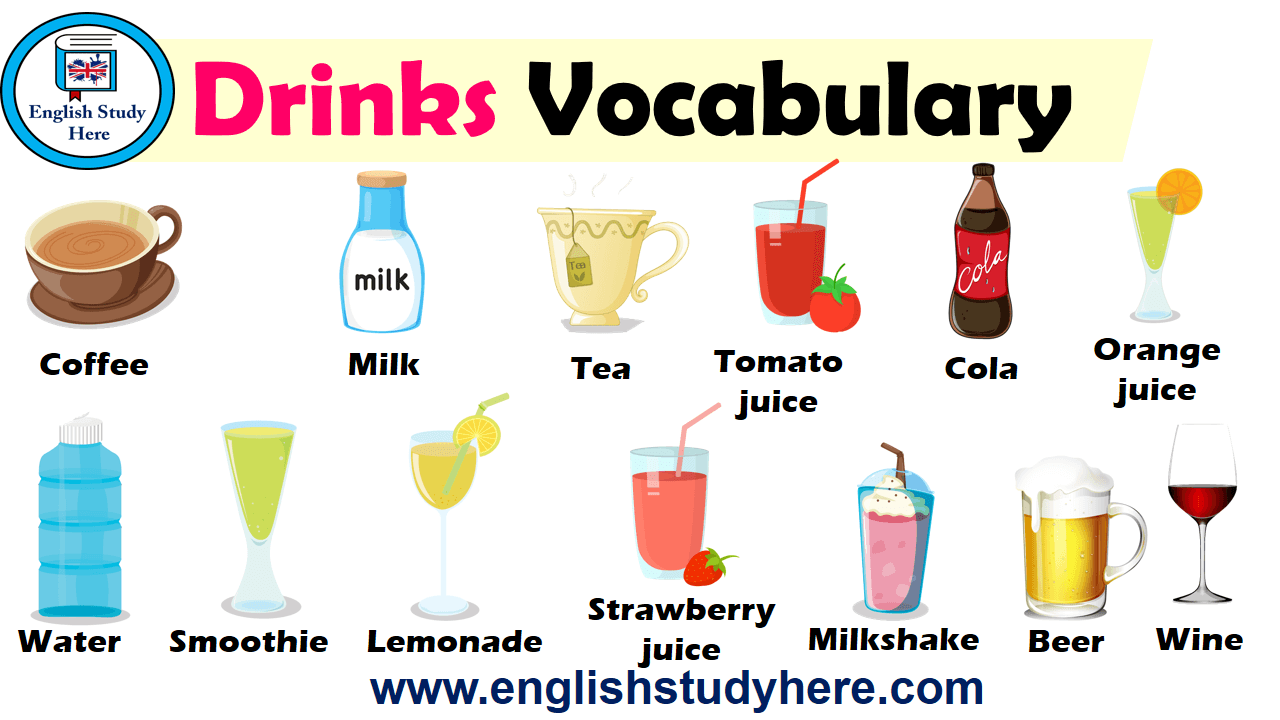
China, Mexico and Japan are the world's largest importers of milk and milk products. New Zealand, EU-15 and Australia are the world's three largest exporters of milk and milk products. India is the world's largest producer and consumer of milk, yet neither exports nor imports milk. World's dairy farms produced about 720 million tonnes of milk in 2010. Over 750 million people live within dairy farming households. Throughout the world, there are more than 6 billion consumers of milk and milk products, the majority of them in developing countries. Cow's milk has a pH ranging from 6.4 to 6.8, making it slightly acidic. The precise nutrient composition of raw milk vary by species and by a number of other factors, but it contains significant amounts of saturated fat, protein and calcium as well as vitamin C. Milk derived from cattle species is an important food. Early- lactation milk contains colostrum, which carries the mother's antibodies to the baby and can reduce the risk of many diseases in the baby. It is the primary source of nutrition for young mammals before they are able to digest other types of food. Milk is a white liquid produced by the mammary glands of mammals. It is used in pellets and powder as a vehicle for homeopathic medicines, and as an article of diet. The sugar characteristic of milk a hard white crystalline slightly sweet substance obtained by evaporation of the whey of milk.
#MILKING SONONYM SERIES#
Milk vessel (Bot.), a special cell in the inner bark of a plant, or a series of cells, in which the milky juice is contained. Milk tree (Bot.), a tree yielding a milky juice, as the cow tree of South America ( Brosimum Galactodendron), and the Euphorbia balsamifera of the Canaries, the milk of both of which is wholesome food. Milk tooth (Anat.), one of the temporary first set of teeth in young mammals in man there are twenty. Milk thistle (Bot.), an esculent European thistle ( Silybum marianum), having the veins of its leaves of a milky whiteness. Chem.) See Lactose, and Sugar of milk (below). Called also milk adder, chicken snake, house snake, etc. It is variously marked with white, gray, and red.

Milk snake (Zoöl.), a harmless American snake ( Ophibolus triangulus, or Ophibolus eximius). Milk sickness (Med.), See milk sickness in the vocabulary. Milk pea (Bot.), a genus ( Galactia) of leguminous and, usually, twining plants. Milk parsley (Bot.), an umbelliferous plant ( Peucedanum palustre) of Europe and Asia, having a milky juice. Milk of lime (Chem.), a watery emulsion of calcium hydrate, produced by macerating quicklime in water. Milk molar (Anat.), one of the deciduous molar teeth which are shed and replaced by the premolars. Milk meats, food made from milk, as butter and cheese. Milk leg (Med.), a swollen condition of the leg, usually in puerperal women, caused by an inflammation of veins, and characterized by a white appearance occasioned by an accumulation of serum and sometimes of pus in the cellular tissue. Milk knot (Med.), a hard lump forming in the breast of a nursing woman, due to obstruction to the flow of milk and congestion of the mammary glands. Milk glass, glass having a milky appearance. Surg.) A form puerperal peritonitis in cattle also, a variety of meningitis occurring in cows after calving.

(a) (Med.) A fever which accompanies or precedes the first lactation. Milk crust (Med.), vesicular eczema occurring on the face and scalp of nursing infants. (Zoöl.) The ripe, undischarged spat of an oyster.Ĭondensed milk. An emulsion made by bruising seeds as, the milk of almonds, produced by pounding almonds with sugar and water.Ĥ. (Bot.) A kind of juice or sap, usually white in color, found in certain plants latex. (Physiol.) A white fluid secreted by the mammary glands of female mammals for the nourishment of their young, consisting of minute globules of fat suspended in a solution of casein, albumin, milk sugar, and inorganic salts.


 0 kommentar(er)
0 kommentar(er)
